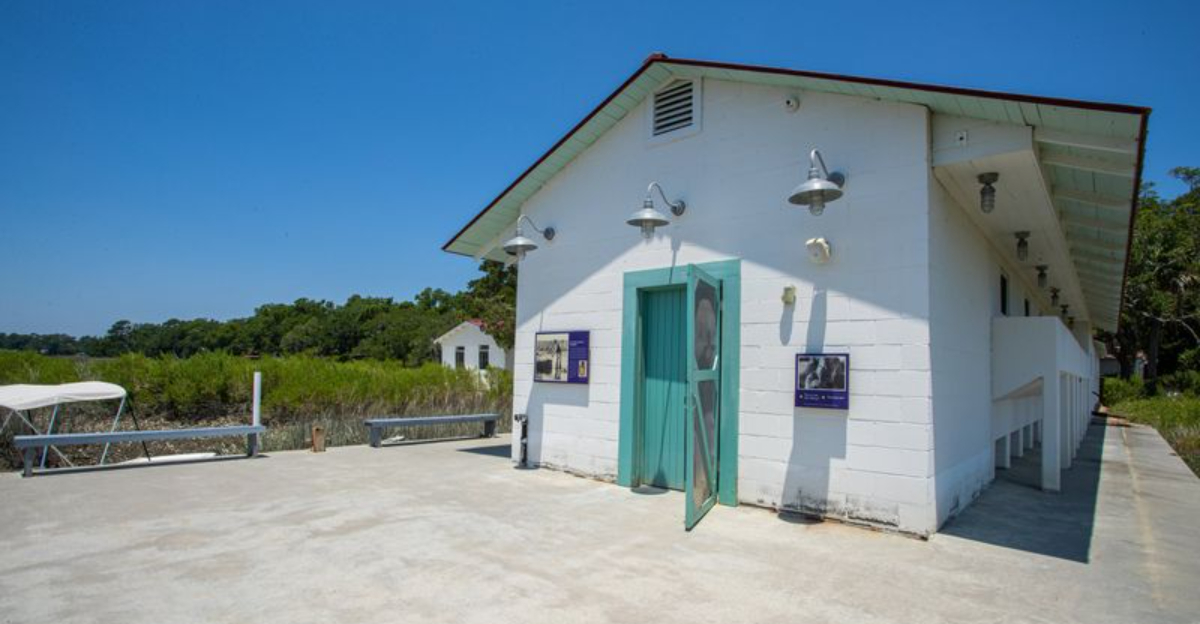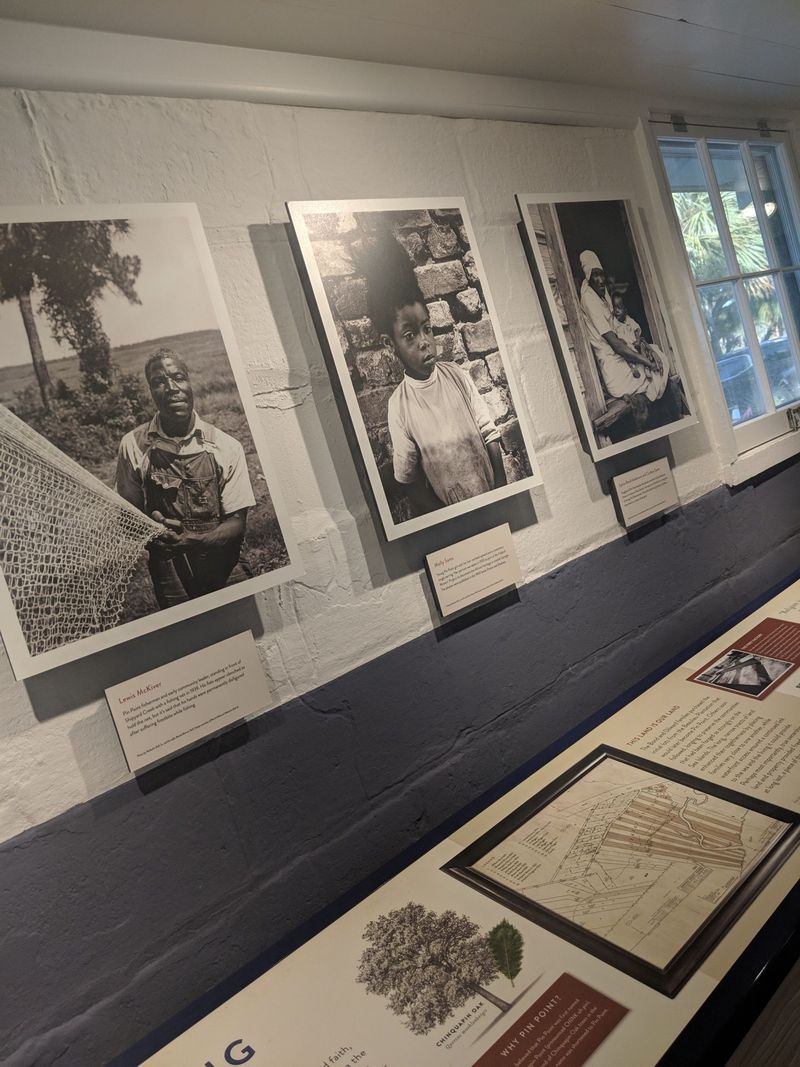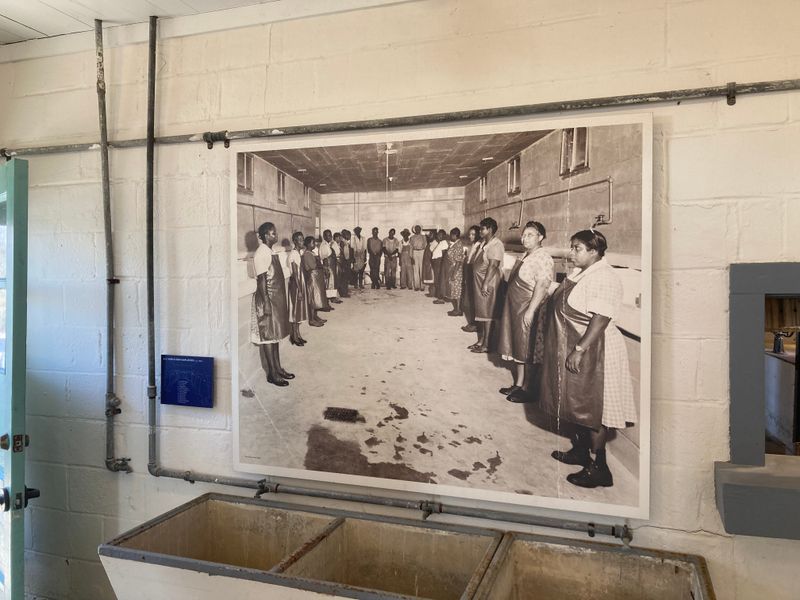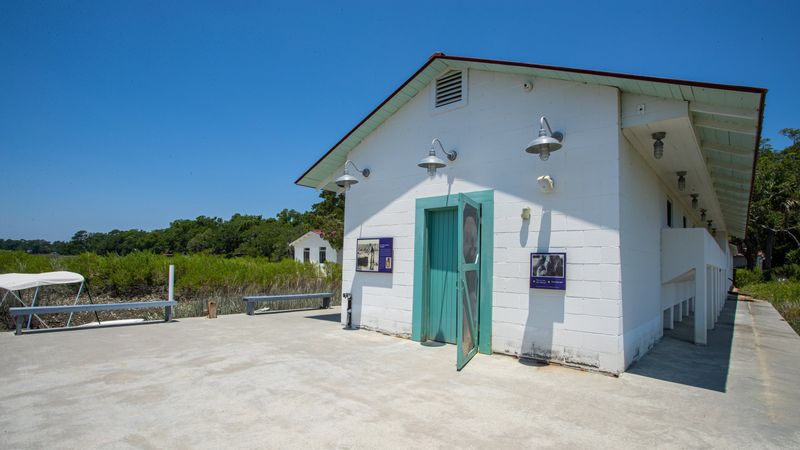Tucked along the marsh-fringed edges near Savannah, the Pin Point Heritage Museum reveals a living story of endurance, craft, and community. Once a bustling cannery, this site now preserves the voices and lifeways of the Gullah-Geechee people who shaped it. Step inside and you’ll hear work songs, smell brine on the air, and trace the arc from tidal waters to tin cans. If you’re curious how industry, identity, and ecology intertwine, this museum is an unforgettable window into the coast’s soul.
Cultural Roots in the Gullah-Geechee Community
Pin Point, Georgia grew from a post–Civil War settlement founded by formerly enslaved people who forged a tight-knit community on a narrow ribbon of land. Here, Gullah-Geechee language and traditions—rooted in West African heritage—adapted to the rhythms of tidal marshes, oyster beds, and seasonal fisheries. Families passed down stories, spirituals, crafts, and foodways, shaping a cultural landscape as resilient as spartina grass. At the museum, first-person accounts and archival recordings invite visitors to hear the cadence of Gullah-Geechee speech and understand its layered meanings. You’ll learn how geography nurtured self-sufficiency and how kinship networks sustained prosperity and dignity. The result is a portrait of continuity amid change, where culture was both anchor and compass. Visiting becomes a respectful entry into a living continuum.
The Building & Its History
The museum inhabits the former A.S. Varn & Son oyster and crab cannery, once the economic heartbeat of Pin Point. For decades, its sheds rang with the clatter of knives, the hum of steam, and the cadence of workers processing the tidal rivers’ bounty. When the cannery closed in 1985, it left more than empty rooms—it left memories of skill, solidarity, and a shared livelihood. Today the preserved buildings stand as both artifact and classroom, with interpretive panels mapping workflows from dock to can. Visitors walk the same floors where community members labored and innovated, encountering machinery, labels, and tools that tell a regional story of maritime industry. The repurposed space honors labor, ingenuity, and the dignity of work that sustained families across generations.
Exhibits & Community Storytelling
Inside, exhibits trace the journey of oysters from tidal flats to neatly sealed cans, illuminating harvesting methods, shucking techniques, and distribution routes. Demonstrations and artifacts reveal the specialized knowledge that made the industry efficient—saltwater timing, shell handling, and seasonal patterns. Crucially, many docents are descendants of Pin Point residents, infusing tours with personal narratives that magnify the artifacts’ meaning. Oral histories, photographs, and film clips connect labor to identity, underscoring how community bonds formed around the cannery’s rhythms. Panels emphasize the interplay of food, environment, and language, while workstations show the ergonomic realities of shucking. Together, it’s a multisensory classroom where tools become touchstones and voices become archives. The result is an honest, intimate portrait of life lived between marsh and machine.
Why It Matters
The Pin Point Heritage Museum distills an essential American story: how environment, labor, and culture coevolve. By centering Gullah-Geechee perspectives, it foregrounds a coastal ecosystem where language, foodways, and maritime craft fused into a distinctive identity. The focus on oyster canning—often overlooked in broader industrial narratives—reveals a sophisticated knowledge economy carried in hands, songs, and seasonal memory. Here, heritage is not a static display; it is a living practice that shaped regional markets and sustained families. The museum models how to read a landscape ethically: listening to workers, waterways, and the wisdom of place. It challenges visitors to recognize cultural stewardship as critical infrastructure—worthy of preservation, investment, and respect—so that future generations inherit both stories and skills.
Visiting Information & Tips
Find the museum at 9924 Pin Point Avenue, Savannah, Georgia, a short drive from downtown through evocative marshland. Admission is budget-friendly—about $8 for adults and $4 for children—and parking is limited, so arrive early. Plan 30–60 minutes for exhibits and panels, plus a few extra minutes outdoors to absorb the setting’s brackish breezes. Because the site is embedded in a small community and a historic facility, visit respectfully and avoid blocking local traffic. Consider pairing your stop with a scenic marsh drive to contextualize the cannery’s waterborne lifelines. Check operating hours and tour schedules in advance, as guided experiences with local descendants add invaluable depth and nuance to what you’ll see and hear inside.









